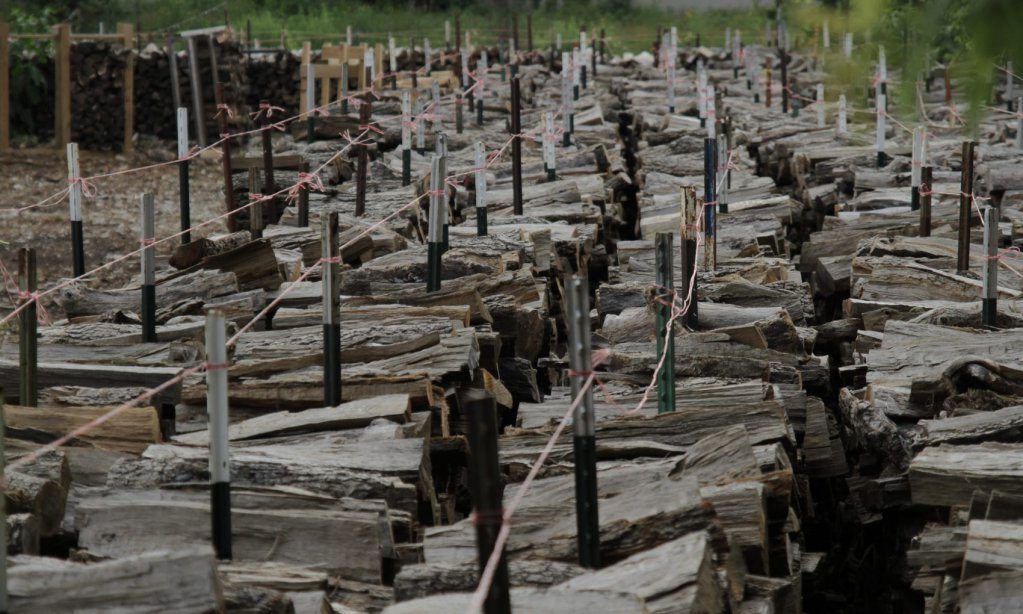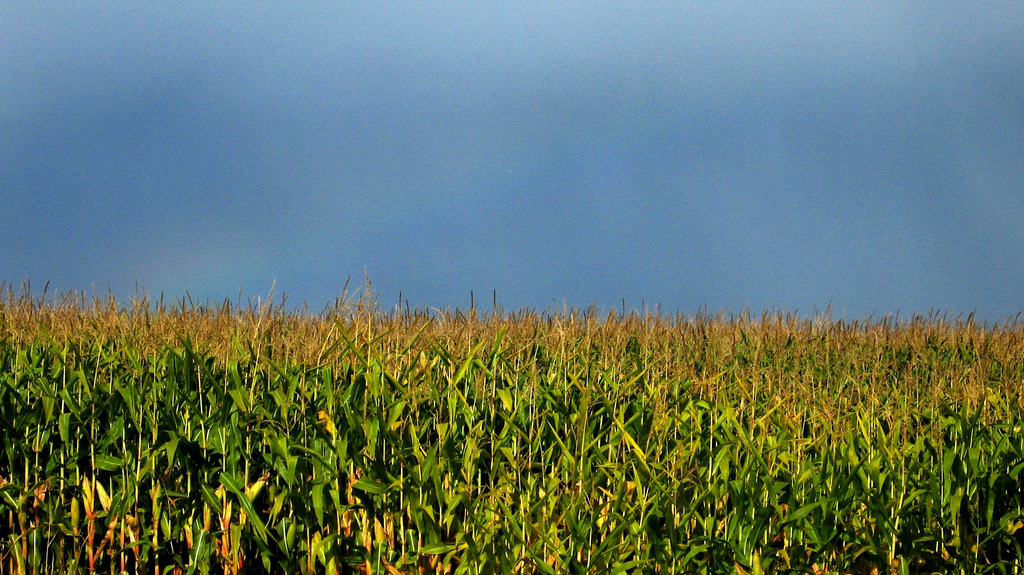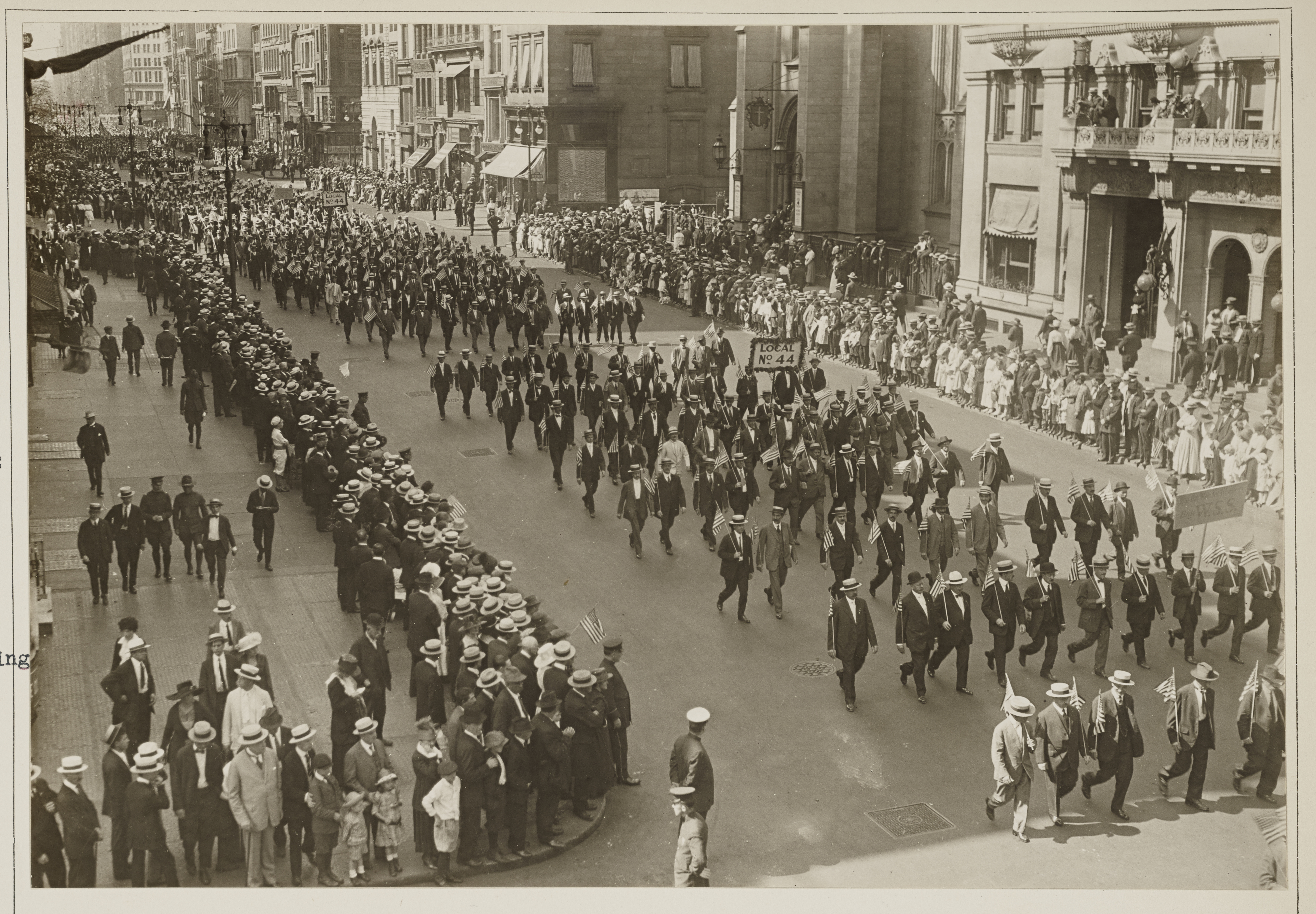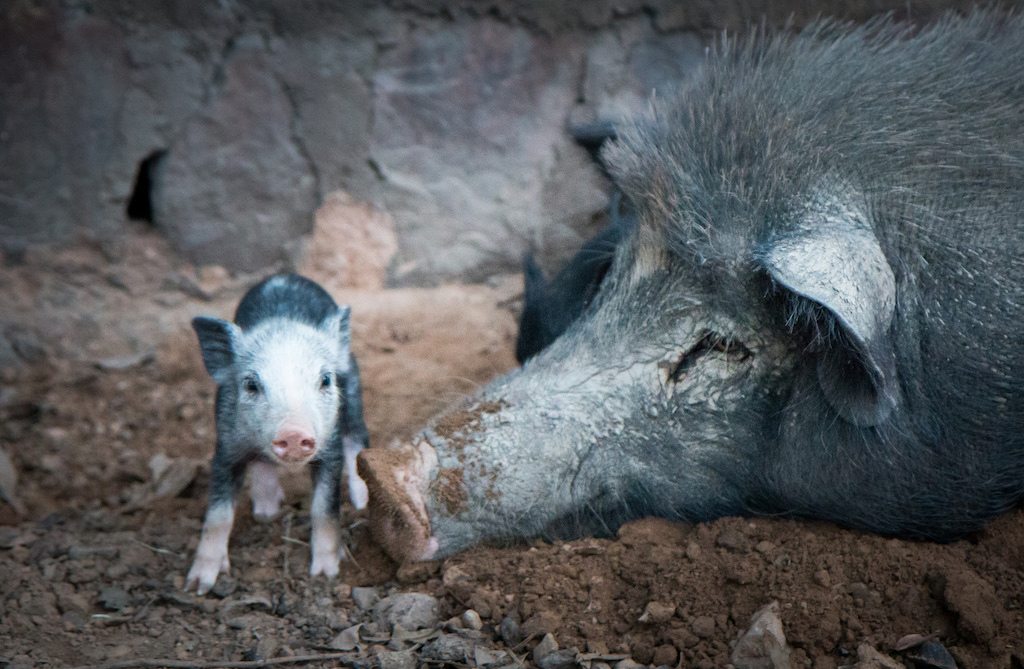
Sam Mohney
At a wood yard in north Austin, Texas, split logs are neatly stacked in quarter-cords between upright metal dividers on the perimeter of the small gravel clearing. At its center is a wood pile surrounded by wheelbarrows filled with logs, ready for customers to haul home for $20 a load.
Firewood is the basic business here, but not the only one. This is barbecue country, and seeing that the yard is owned by Harley Goerlitz, 71, an acknowledged champion pit master with a roomful of trophies, his own line of spice rub, and a place in Robb Walsh’s Legends of Texas BBQ Cookbook, it’s only natural that some of that wood ends up putting bark on brisket instead of warming a chilly living room.
Riley Zoch, 21, a neighbor of Goerlitz’s who works most shifts at the yard, splits open a log of post oak, aged only a few months and still heavy with moisture. The splintered plane of the board gives off the faint smell of barbecue. “Isn’t that great?” Zoch says. On a sunny May Friday, he helps two customers empty a barrow into the backs of their trucks, handing off cash before leaving the small circular lot. As a mom-and-pop shop, Harley’s Wood Yard doesn’t make deliveries but it has a steady business of regulars, including many local barbecue enthusiasts.
Good barbecue, any pit master will tell you, requires good wood. Restaurateurs and at-home barbecuers often prefer wood seasoned in the Texas heat, sun-dried and aged six months to a year for ideal flavor. Cooking wood has always been a small, scattered industry in Texas that relies on the larger ranching and land-clearing industries for product.
 Sam Mohney
Sam Mohney Riley Zoch tries to split open a log of live oak. Live oak’s gnarled interior makes hand-splitting much more difficult
Most good cooking wood comes from leftovers, trees thinned out of pecan orchards or mesquite so overgrown that ranchers ask a neighbor to cut it down and haul it off. Because Texas is home to some 4.8 billion trees, often there’s been plenty to go around. But devastating droughts in recent years have affected the state’s cooking wood supply, killing trees at rates higher than most have seen in the past few decades.
A massive statewide drought in 2011 sucked Texas dry, setting the stage for uncontrollable wildfires and destroyed farms. In the aftermath, forest analysts tallied 301 million trees in rural areas that died as a result, with another 5.6 million trees that died in urban areas. In total, central Texas lost about 6.6 percent of its trees to the drought.
Goerlitz, who’s been in the wood-selling business for 30 years, says he lost more than half of the trees on his property out east of Austin, in Giddings, Texas. “I’m not a tree hugger but I love trees,” he says. “I don’t want anyone cutting them down just to make a buck.”
Like a lot of cooking wood distributors, Goerlitz has relationships with loggers and land clearing businesses in central Texas, who call him in to take the smaller-diameter trees that they can’t sell. It’s a way to make money off what industry leaves behind. The wood yard, he says, sells a few cords of wood a day, or around eight hundred split logs.
Post oak, more common in these parts than the rest of the state, is also Goerlitz’s best-seller. It’s a popular smoking wood, especially in central Texas, with world-renowned pit masters like Aaron Franklin of Franklin Barbecue and the Mueller siblings of their rival barbecue joints all relying on it.
 Sam Mohney
Sam Mohney A hand-painted sign at Harley’s
In central Texas about one in ten trees is post oak, a tree native to Texas and so abundant in the region that it’s garnered its own ecosystem, the post oak savannah, that stretches from Dallas down south through Waco and east of Austin. Other often-used smoking woods populate these parts: pecan, the state’s official tree, which grows in orchards all over the state; hickory, a native but rarer species than post oak; and mesquite, an abundant invasive.

Ed Dougal, a wood utilization specialist with the Texas Forest Service, says the state doesn’t keep numbers on the cooking wood industry, in part because those operators tend to be dispersed and small-scale, like Goerlitz. The industry, in a sense, is a way to profit off of cleaning up, clearing smaller trees on a commercial logging property or a neighbor’s ranch.
“It works for both parties–the ranchers really need to get rid of it anyway,” Dougal says. “If the trees are dying or dead, or if they need to be thinned out, they can call up an operator to help clear it. More often than not, a lot of that finds its way into the cooking wood market.”
Because mesquite is an invasive, it can take over land if the owner isn’t careful, Dougal says. “If you talk to a rancher, many of them will say you can never take enough mesquite.”
 Sam Mohney
Sam Mohney Bundles of firewood sit in the lot of Harley’s Wood Yard in north Austin
Texans love pecans and plenty of pecan orchards need tending, so those trees are plentiful as well. Hickory, though, is harder to harvest. “You don’t have that much of it growing,” says Dougal. “People go fairly far and wide to get their hickory.”
Richard Arnold, a commercial wood distributor based in Dallas-Fort Worth, says his company, Arnold Brothers Forest Products, supplies dozens of restaurants across Texas. In an average month, Arnold says they sell about 500 cords of wood, most of it harvested in north Texas and southeastern Oklahoma, where the Arnolds grew up and where his older brother R.B. helps run the company.
It’s like the saying: from the roots of the elders a new life spreads.
Arnold says post oak sells well because of its flavor and it helps that it regenerates easily.
“It’s like the saying: from the roots of the elders a new life spreads,” Arnold says. “New sprouts come right up from the roots of the stumps. This timber has been growing for thousands of years, it’s very fertile and it will respond, it will regrow.”
Arnold knows that tree populations can perpetuate themselves, as long as people don’t uproot stumps or clear-cut the land. But, even with proper land management, droughts can put long-term strain on the trees. Arnold says they’ve had to look farther afield for trees in recent years, because droughts can drain water basins, rending land unfit for a large tree population.
“Older trees can’t stand the strain and will die out from these droughts,” he says. “They can’t get to the water because the water table keeps going lower and lower and the roots can’t get to it.”
Though the state’s most severe droughts have eased up, any long dry spell can make a tree become “dodie–” the term Arnold uses to describe trees with insides like sawdust. Wood harvesters need to cut it down within about six months for the wood to still be good.
“As long as it don’t stand too long, it’s OK, but it needs to be gotten after the drought,” Arnold says. “If it sits too long, it becomes dodie. If you harvest it, at least it gets its use.”
It’s like a liberty – once you taste it you don’t want to lose it.
In the past four decades that Arnold has owned his wood distribution business with his older brother, he has seen a swing in food trends back toward what he calls “natural cooking,” or cooking with open flames. He noticed it with the popularity of wood-fired pizza restaurants in the past decade or so and now the popularity of barbecue has upped demand of fire cooking even more.
“It’s taken a foothold now,” he says. “It’s like a liberty–once you taste it you don’t want to lose it.”










